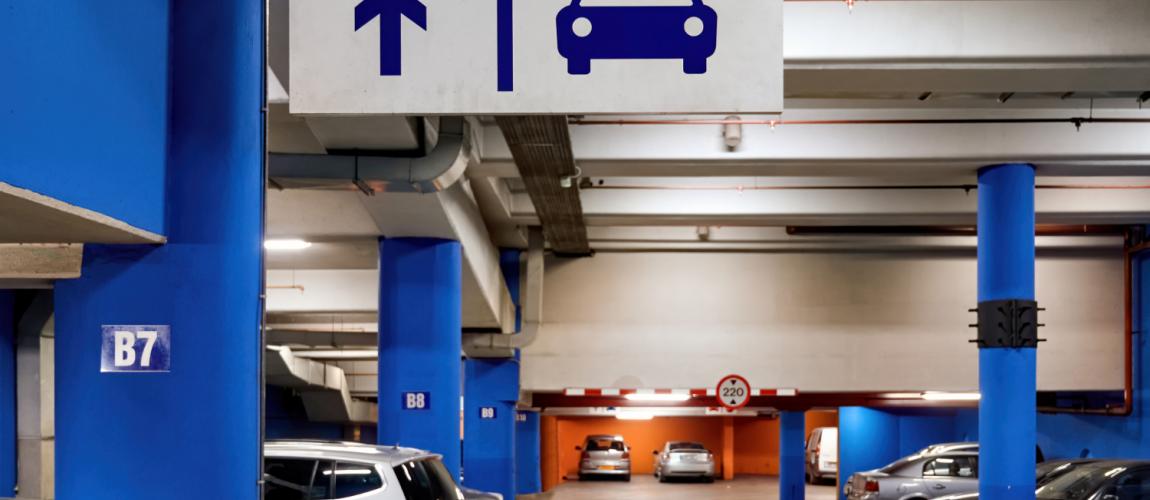Queen Elizabeth II Medical Center Car Parking Project, Western Australia, Australia

Photo Credit: Image by Freepik
On this page: Challenging Case: Queen Elizabeth II Medical Center Car Parking Project, Western Australia, Australia. Find more at the Municipal Public-Private Partnership Framework - Project Summaries section for brief summaries of around 100 projects from around the world, examples of successes and challenges, as well as innovative ideas on solutions, or visit the Guidelines on Innovative Revenues for Infrastructure section.
Project Summary: Background In 2009, the Queen Elizabeth II Medical Centre Trust (the Trust) and the State of Western Australia (the State) began detailed planning to enhance the parking facilities at the Queen Elizabeth II Medical Centre (the Site). The improvement aimed at existing and future users (patients, visitors, and staff) with good, efficient, and secure access to health services. The new car park would consolidate the parking infrastructure and so free up other parts of the Site for other important healthrelated projects and initiatives, including the New Children’s Hospital Project (NCH). Project Structure The Trust made land within the Site available to enable the State to enter into a PPP agreement with a private developer. Following a competitive and transparent tendering process, the project was awarded to Capella Parking Pty Ltd (Capella). The contract term was fixed at 26 years, and the estimated project cost totaled AUD 140 million (USD 100 million). Under the contract, Capella is accountable for designing, financing, constructing, operating, and maintaining a new multi-deck car parking facility at the Site. In addition, Capella is responsible for operating and maintaining other car parking facilities at the Site over the contract term, including street-level parking spaces and the NCH car park. Capella is also responsible for constructing a child-care center on the roof of the multi-deck car park and three retail outlets along Hospital Avenue. The project was financed by Capella through a mixture of debt and equity. It was ultimately delivered without any significant capital contribution by the State or the Trust. The State and the Trust are not entitled to share in any losses that may occur upon refinancing of the debt but are entitled to 50 percent of the benefit of any refinancing gains. At the same time, the State assumed responsibility for financing and constructing the new NCH’s car park and for ongoing maintenance at this parking site. Capella undertook responsibility for operating this car park and would be entitled to collect and retain all revenues generated from this car park. Over the operating phase of the project, Capella derives its revenue from the receipt of staff and visitor parking charges and commercial rental income from the retail outlets. Capella bears the full car demand risk. Capella is also required to pay a license fee to the Trust of approximately AUD 2 million (USD 1.4 million) per annum, payable in quarterly installments. Lessons Learned Construction of the car park began in September 2011 and was completed in November 2013, eight months ahead of schedule. The completed facility increased the total number of available parking bays from 3,000 to over 5,000. However, due to a decision by the previous government to cap staff parking fees at a rate below that specified in the agreement with Capella, as well as delays in the opening of the NCH that negatively impacted Capella’s revenues, the State has had to pay compensation to Capella totaling about AUD 15.89 million (US$11.38 million) through the end of August 2017. In February 2018, a Special Inquiry was initiated to review and amend the contract with Capella concerning policy changes that may trigger compensation under the contract.1 PPP projects are prone to changes, especially during the implementation period given the typically long duration of the PPP agreement. If a problem is detected, it is best for the parties to proactively engage to address the issue immediately rather than deferring the decision, as any delay can prove expensive for one or both parties party (in this case, the public authority). The case also shows the importance of identifying and addressing potential future challenges in the PPP contract to the fullest extent possible, as that is the foundation of the partnership if and when problems arise. Footnote 1: Source(s) accessed on January 25, 2019 https://capellacapital. com.au/projects/qeiimedical- centre-carparking- project/ http://www. treasury.wa.gov. au/uploadedFiles/_ Treasury/Infrastructure_ Strategy/120105%20 -%20QEII%20Car%20 Park%20-%20 Project%20Summary. pdf https://publicsector. wa.gov.au/sites/default/ files/documents/ special_inquiry_into_ government_programs_ and_projects_volume_2. pdf
The Guidelines on Innovative Revenues for Infrastructure (IRI) is intended to be a living document and will be reviewed at regular intervals. They have not been prepared with any specific transaction in mind and are meant to serve only as general guidance. It is therefore critical that the Guidelines be reviewed and adapted for specific transactions.
To find more, visit the Innovative Revenues for Infrastructure section and the Content Outline, or Download the Full Report. For feedback on the content of this section of the website or suggestions for links or materials that could be included, please contact the Public-Private Partnership Resource Center at ppp@worldbank.org.
Updated:
TABLE OF CONTENTS
I. Innovative Revenues for Infrastructure (IRI)
2. Introduction to Commercial Value Capture (CVC)
3. Applying CVC in Infrastructure Projects
2. Case Studies in CVC from International Experiences
Related Content
Select WBG PPP Toolkits
Featured Section Links
Additional Resources
Climate-Smart PPPs
Type of ResourceFinance Structures for PPP
Type of ResourceFinancing and Risk Mitigation
Type of Resource